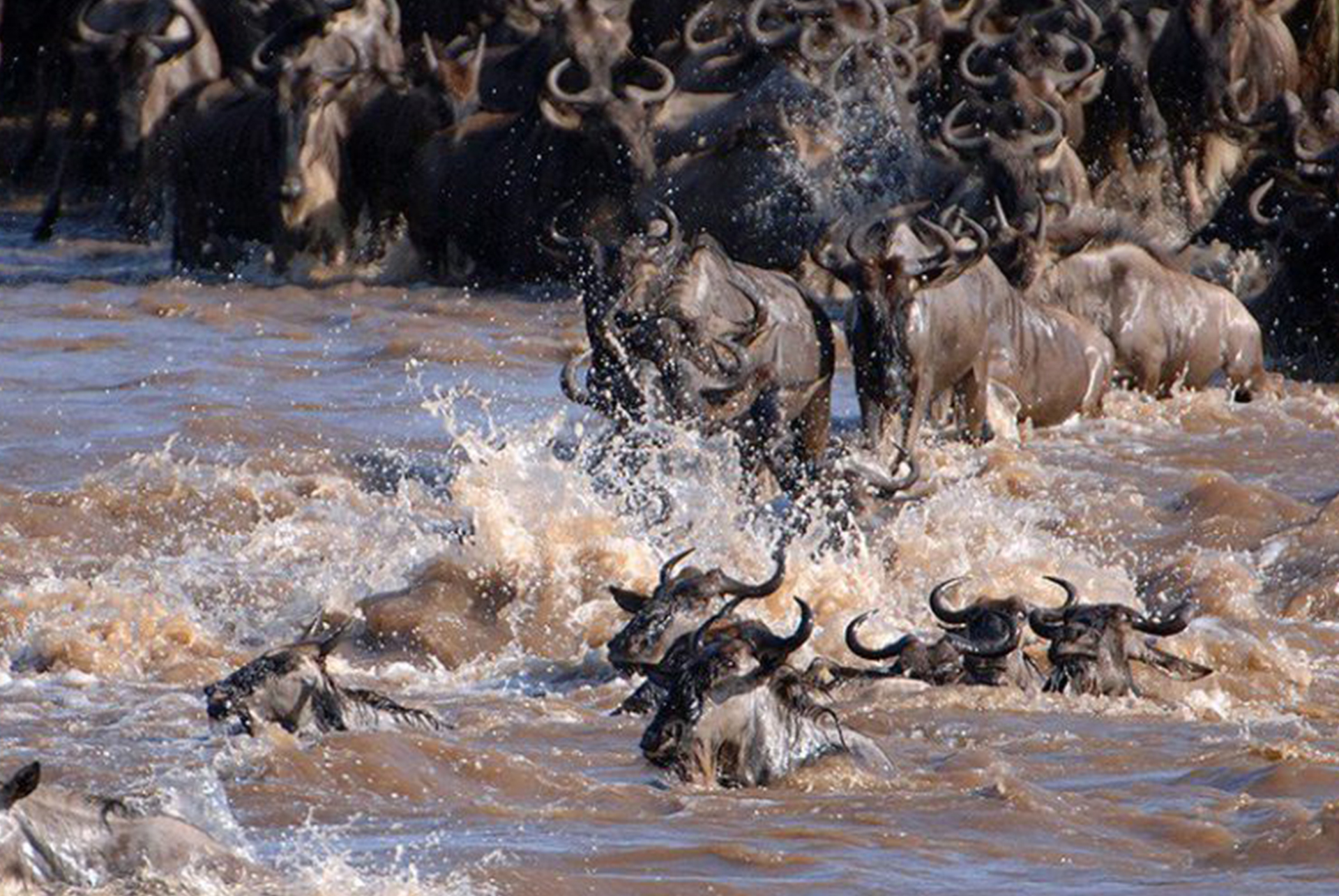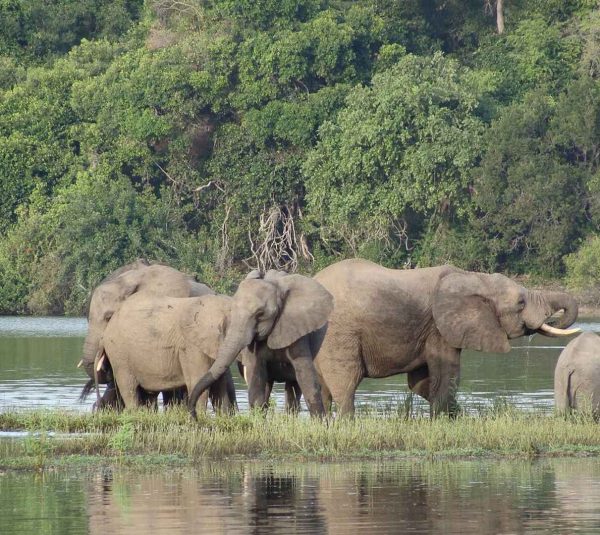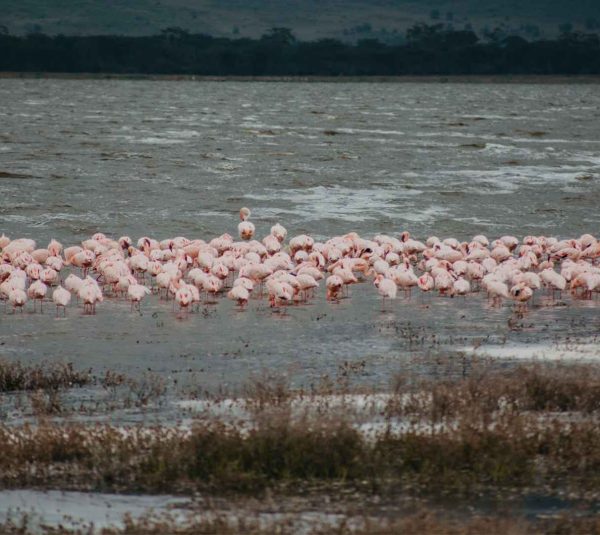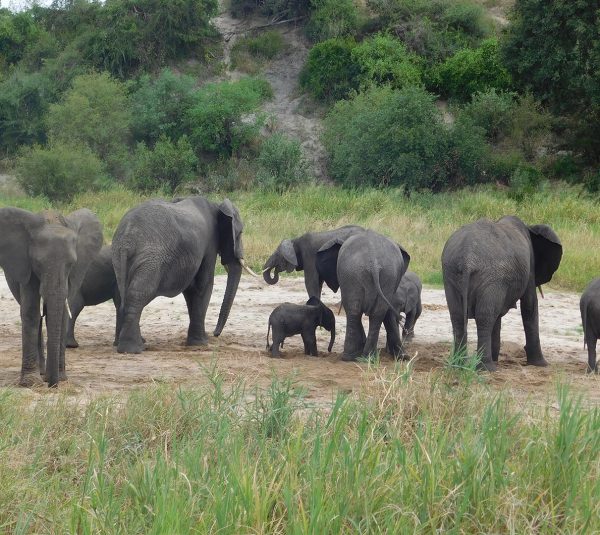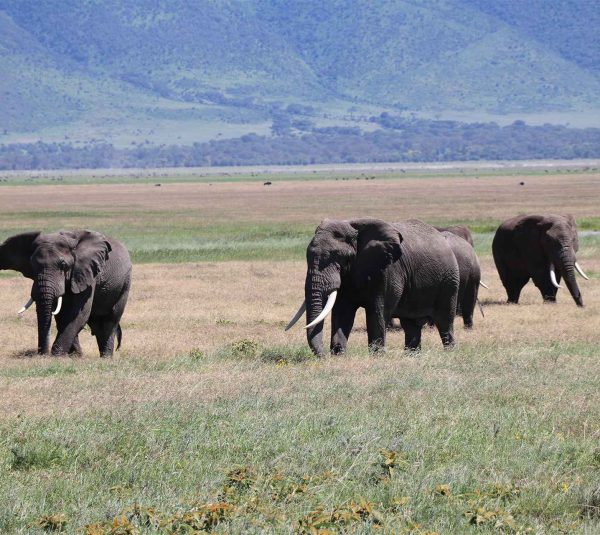Serengeti National Park
Serengeti National Park
Serengeti National park
Serengeti National Park, one of the most iconic wildlife reserves in the world, is located in northern Tanzania and spans over 14,750 square kilometers (5,700 square miles). The park forms part of the larger Serengeti ecosystem, which includes the Ngorongoro Conservation Area, Maswa Game Reserve, and Kenya’s Maasai Mara National Reserve. Serengeti’s name is derived from the Maasai word “Siringet,” which means “the place where the land runs on forever,” aptly describing its vast, open plains. The park is renowned for its abundant wildlife, particularly the annual Great Migration, which sees over 1.5 million wildebeest, along with hundreds of thousands of zebras and gazelles, move in search of greener pastures. Declared a UNESCO World Heritage Site in 1981, Serengeti National Park is a living testament to nature’s grandeur and a must-visit destination for wildlife enthusiasts.
What to Do
Game Drives
Game drives are the most popular activity in the Serengeti, offering close encounters with a wide variety of animals. Whether it’s an early morning drive to catch predators in action or a late afternoon excursion to see elephants at a waterhole, every drive is filled with the potential for unforgettable sightings. Guided by experienced rangers, game drives allow visitors to explore different parts of the park, each with its own unique ecosystem and wildlife.
Guided Walking Safaris
For those who prefer a more intimate and adventurous experience, guided walking safaris are available in certain areas of the Serengeti. Accompanied by armed guides, these walks offer a chance to explore the African bush on foot, learning about the smaller details of the ecosystem, such as plants, insects, and tracks left by animals. Walking safaris provide a thrilling sense of immersion in the wilderness, allowing you to experience the Serengeti in a way that is impossible from a vehicle.
Photographic Safaris
The Serengeti is a photographer’s dream, offering endless opportunities to capture stunning images of wildlife, landscapes, and the dramatic African sky. Photographic safaris are designed to cater to both amateur and professional photographers, with expert guides who understand the best angles, lighting, and timing for capturing that perfect shot. These safaris often focus on specific wildlife events, such as the Great Migration or predator interactions.
Bush Dining
Experiencing a meal in the middle of the Serengeti is a unique and memorable event. Bush dining allows you to enjoy gourmet meals surrounded by the sights and sounds of the African wilderness. Whether it’s a breakfast by the Mara River after an early morning game drive or a candlelit dinner under the stars, bush dining is an experience that combines the best of luxury and nature.
Wildlife Experiences
The Great Migration
The Serengeti’s most famous spectacle, the Great Migration, is often referred to as one of the “Seven Natural Wonders of Africa.” This awe-inspiring event is the largest terrestrial mammal migration in the world, involving millions of wildebeest, zebras, and gazelles. Predators like lions, leopards, cheetahs, and crocodiles follow the herds, making for dramatic and intense wildlife encounters. The migration is a year-round event with different stages, including calving in the southern Serengeti, crossing the Grumeti and Mara rivers, and returning south as the cycle continues.
Big Five Safaris
Serengeti National Park is home to the “Big Five” — lion, leopard, elephant, buffalo, and rhinoceros — making it one of the best places in Africa to see these iconic animals. Game drives offer a chance to spot these creatures in their natural habitat, often with stunning backdrops of acacia-dotted savannas or rocky kopjes. The Serengeti is particularly famous for its high density of lions, with estimates of over 3,000 individuals roaming the park.
Hot Air Balloon Safaris
A hot air balloon safari over the Serengeti offers a unique perspective on the landscape and its wildlife. As you drift silently above the plains at sunrise, you’ll witness the vastness of the Serengeti and the wildlife below, from herds of elephants and giraffes to prowling predators. This once-in-a-lifetime experience often concludes with a champagne breakfast in the bush, making it a perfect way to celebrate the beauty of the African wilderness.
Bird Watching
With over 500 bird species, Serengeti National Park is a paradise for birdwatchers. The park’s varied habitats — including rivers, swamps, and woodlands — support a diverse avian population. Highlights include the Kori bustard (the world’s heaviest flying bird), the striking lilac-breasted roller, and large flocks of ostriches. Migratory birds from Europe and Asia also add to the diversity, especially during the wet season.
Cultural Visits
The Serengeti region is not just about wildlife; it also offers cultural experiences with the local Maasai people. Visiting a Maasai village provides insight into the traditional way of life, with opportunities to learn about their customs, dress, and livestock-rearing practices. These cultural interactions enrich the overall experience of visiting the Serengeti and provide a deeper understanding of the region’s human history.
Tanzania Safari
Top Tanzania Safari Parks
Verified My friend and I had an amazing vacation and made many memories that will last a lifetime. Our September 29th day trip to Mandara Hut along the Marangu Route was fantastic! My friend and I had an amazing vacation and made many memories that will last a lifetime. Our amazing guide, Daniel, made the walk both entertaining and instructive with his knowledge of Kilimanjaro and his enthusiasm for the mountain. The feeling of achievement at Mandara Hut, the breathtaking vistas, and the thick rainforest were all ideal. The owner, Daniel, made sure we were comfortable and educated at every turn, going above and beyond to make our stay unforgettable. Hilltop Travel and hiring Daniel as your guide are both excellent choices if you're thinking about visiting Kilimanjaro.Verified Any picture of kilimanjaro summit, Thank you to Hilltop Travel for making my recent day trip to Mount Kilimanjaro via the Marangu Route so unforgettable. Every step of the process was smooth and well-planned. An authority on the local landscape and customs, our guide ensured our comfort and kept us informed at every turn. The actual trek was magnificent, with beautiful views of the surrounding forests and towering hills. There were lots of opportunities for us to enjoy the breathtaking view, and the pace was ideal. Our guide provided fascinating information on the history of the mountain, the Chaga people's culture, and the local flora and fauna.Regardless of your level of competence, Hilltop Travel guarantees a safe, instructive, and genuinely remarkable Kilimanjaro experience. Highly recommended.Verified 7-day Machame trek with Hilltop Travel, Climbing Mount Kilimanjaro was an unforgettable adventure! I completed the 7-day Machame trek with Hilltop Travel, and I can’t recommend them enough. The entire journey, starting on July 23, 2024, was well-organized and expertly guided. From the very first step on the trail to the triumphant summit, the Hilltop Travel team provided exceptional support. A huge shoutout to our guide, Denis, whose unique approach truly made the journey special. His deep knowledge of the mountain, combined with his experience and calming presence, helped us navigate through the toughest parts of the trek. Denis not only guided us but also shared fascinating insights into the surrounding environment and local culture, which added so much to the experience. The support from Hilltop Travel team was also remarkable from the very start. Upon arrival at Kilimanjaro International Airport, the driver was waiting to pick us up, and we felt welcomed and well taken care of right from the start. Additionally, Daniel, the managing director, was incredibly helpful and attentive, ensuring everything went smoothly from the office side and checking in to make sure we had everything we needed. Their professionalism, knowledge, and attention to detail made the tough trek feel safe and enjoyable. The stunning landscapes and reaching the top were beyond words. If you're planning to conquer Kilimanjaro, climb with Hilltop Travel for an amazing experience.Verified My safari was Glorious My Mountain safari has been the best memory i made with my Girlfriend. We thought climbing a mountain was a very hard task but every step towards the roof of Africa was amaizing and with the help of wonderful guides from HillTop Travels just made things more easier. I look forward to booking my Safari with them because they made my experience worth it.Verified Good and frendly customer serviced The tour guides were exceptionally friendly and knowledgeable, providing fascinating insights that enriched my understanding and appreciation of the places we visited especially mount kilimanjaro. I felt well taken care of throughout the entire journey, and allowed me to truly relax and enjoy every moment.Verified kilimanjaro I recently climbed Kilimanjaro with Daniel as our mountain guide, and I couldn’t have asked for a better experience. Daniel is incredibly kind, intelligent, and very polite, with a great sense of humor that kept our spirits high throughout the journey. His expertise and leadership made me feel completely safe, and it was a true pleasure getting to know him and sharing this unique adventure. Highly recommended!

